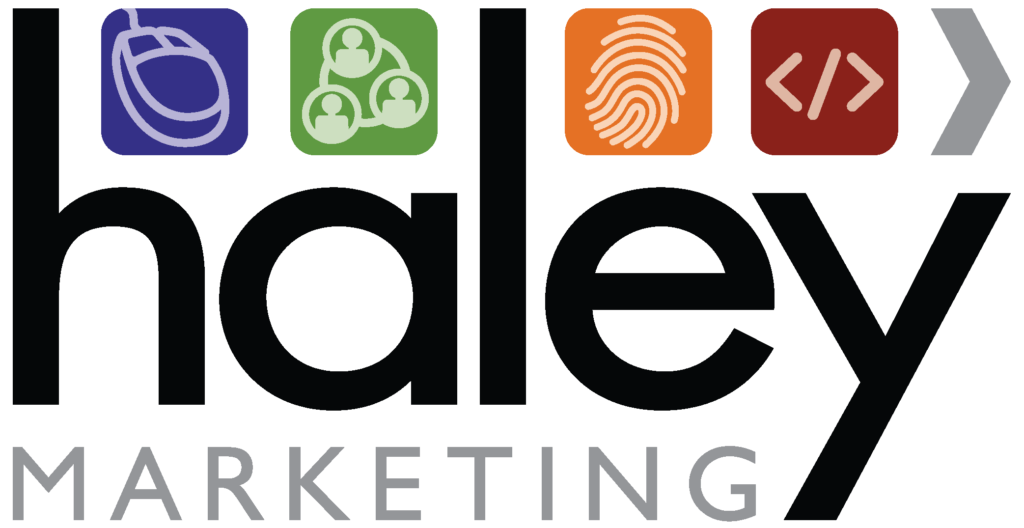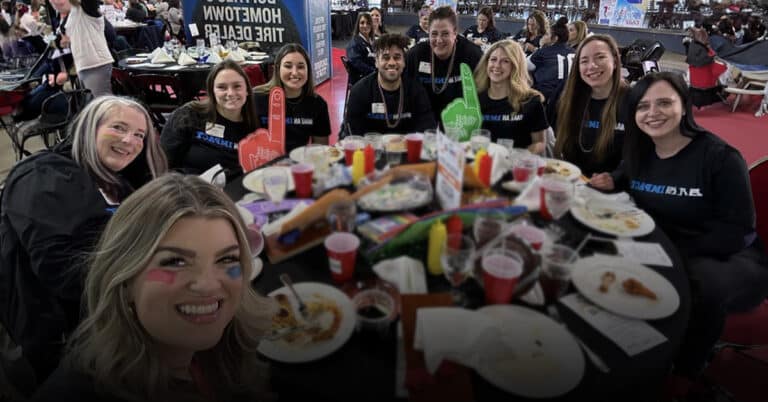“Indeedmageddon” is coming:
Effective January 7, 2019, if you want your jobs to be on Indeed, you must be sponsoring your jobs on Indeed.
So now what?
This policy change may seem scary, but it also offers new opportunities for you to evolve your recruitment marketing strategy. And we’re here to help. We’ve created an eBook for surviving “Indeedmageddon” – and thriving in the coming “new normal.”
Today, I’m continuing my 7-post series based on this ebook. Each post is dedicated to a specific recruiting strategy your firm can use to survive the loss of free job postings on Indeed.
If you missed any of these earlier installments, click the link to read the full post:
Strategy 2: Optimizing Your Career Site & ATS
Strategy 3: Social Recruiting
Option 1: Inbound recruiting with content
Want more candidates applying to your jobs…without paying more for job advertising? You need inbound recruiting—a process of creating and sharing content to attract both active and passive job seekers to your website…and your jobs.
Step 1: Content strategy
Inbound recruiting (and all inbound marketing) is about content. What can you create that will capture the attention of your ideal job seekers and get them interested in your company.
When creating a content strategy, consider both active and passive job seekers. Active job seekers will be interested in specific job opportunities and the reasons they should work with your firm.
But passive job seekers are not interested in jobs. To engage them, you need to create content that answers the questions they have about the career and personal issues that matter. We suggest you define personas* for different types of candidates you serve and then craft content plans for each audience.
Step 2: Content sharing
Creating content is one thing. Getting people to find it is another.
A content-sharing plan addresses all the ways you can get your content in front of your target audiences, and it can include email, SEO, social media, pay-per-click advertising, and leveraging influencers. Content sharing should include both organic (free) sharing and paid distribution to reach target audiences.
* What’s a Persona?
It’s a profile that defines a typical customer. A persona defines common demographic characteristics, personality traits, interests, challenges and attitudes. You define personas to help your team better understand the types of candidates (or clients) you are trying to attract.
Option 2: LinkedIn
When you think of social networks and recruiting, you probably think of LinkedIn. It was the network built for professionals, and LinkedIn offers a variety of solutions to help you recruit. LinkedIn’s tools can be quite pricey, but if you’re doing any direct recruiting, they are often essential.
When it comes to replacing traffic from Indeed, we suggest leveraging LinkedIn’s free tools to their fullest capacity:
- Build talent networks – Each recruiter on your team should spend time every day building connections in the target industry in which they recruit.
- Content sharing – Share blog posts, videos, images and other content every day.
- Status updates (by individual recruiters and branch managers)
- Updates on your company page
- Post directly on LinkedIn
- Share in LinkedIn Groups that target your ideal talent pool
- Leverage groups – Join groups that target your ideal candidates, or better yet, create groups to serve the types of talent you place.
- Ideas for your LinkedIn content strategy:
- Local market / industry salary guides
- Industry / career-specific advice
- Video job posts
- Video for company branding
Option 3: Facebook
If you missed it, Facebook is now a major player in the jobs market, and for many of our clients, it’s a top source of qualified candidates. Here are a few ways you can use Facebook to attract talent:
- Post jobs on Facebook.
- Post jobs to Facebook via ZipRecruiter.
- Target passive job candidates with promoted content.
- Use live video to engage your Facebook followers with educational information.
- Create video job ads that you sponsor to reach specific target audiences.
- Share job posts in relevant Facebook groups.
- Build talent communities (groups) based on skill set and geographic location.
- Target a list of candidates in your ATS or Job Board contact list (matched audience advertising) to re-engage and reactivate talent.
- Target a look-alike list to show your content to people who have a similar profile to your followers.
- Use Lead Gen ads to drive more response directly within Facebook.
- Make your employees the heroes of your content – show how you help people find jobs, advance their careers and learn new skills – position your firm as one that cares more about the people you place than others.
Please note that Facebook job ads can be targeted by location and job title, but not by other demographic factors that could be deemed discriminatory. Display ads that are not job specific (e.g., attempts to attract passive job seekers based on sharing content) can be targeted more specifically to a target audience.
Option 4: Instagram
Instagram just passed Snapchat as the #1 social site for millennials, and it’s rapidly growing in usage with other demographic sectors. Here’s how you can leverage Instagram for recruiting:
- Create a stream of videos and photos branded to your company.
- Develop a content plan that fits your audience…and can be best told with pictures.
- Use hashtags to categorize content and tie your content to news and trends.
- Tag individuals who are pictured in or related to your posts.
- Offer to feature Instagram users in your talent community on your account.
- Consider creating accounts around interesting types of content that would appeal to specific job seekers, such as toughest jobs in Chicago; coolest IT jobs and companies in Washington; best workplaces for designers; best companies for workers under 30, etc.
Option 5: Go mobile
The average adult spends just over 2.5 hours a day on their mobile phone. We even check our phones 80 times a day…when on vacation!
If you want to connect with talent, go where they are…on their phones. To improve mobile engagement with candidates, consider these tactics:
- Texting – 1:1 or one to many, texting is the fastest way to get a response.
- Email – while email may seem old school these days, it’s still a top app on mobile. Consider job alerts, talent newsletters and more personal-sounding messages from recruiters to your talent promoting job opportunities and asking for referrals.
- Push notifications from your career site.
- Build or buy an app that promotes your jobs, facilitates service to candidates and allows you to send push notifications.
- Social advertising targeting mobile – this can be done via Google display advertising, Facebook, LinkedIn and other social sites.
Up Next: Search Engine Marketing (SEM)
In my next post, I’ll share ideas for using SEO to boost job exposure and attract more qualified candidates, and more. But if you don’t want to wait for the post to publish, you can download the full, FREE eBook: “Indeedmageddon? Strategies to help staffing and recruiting firms prepare for the loss of free job posts” here.













